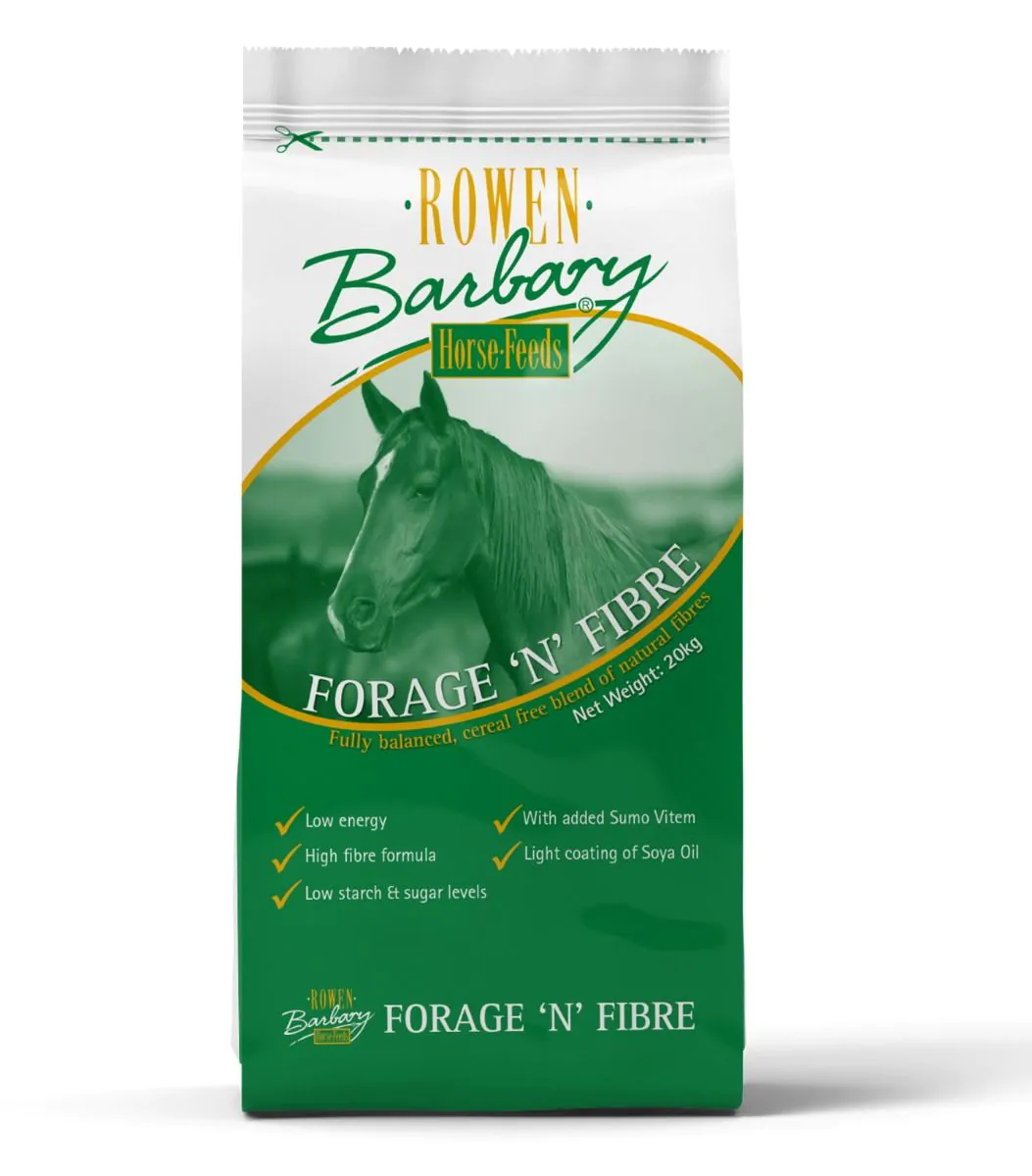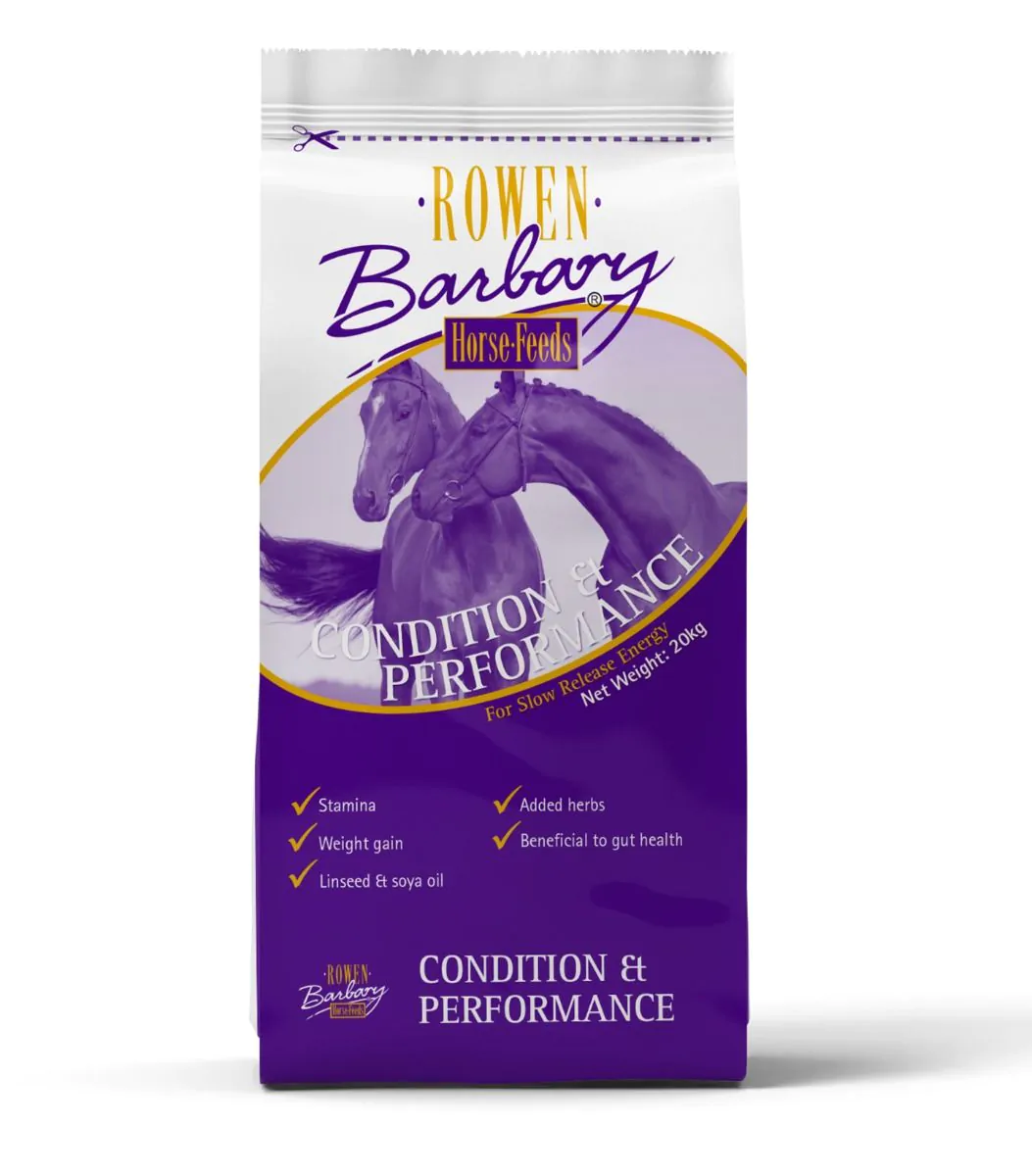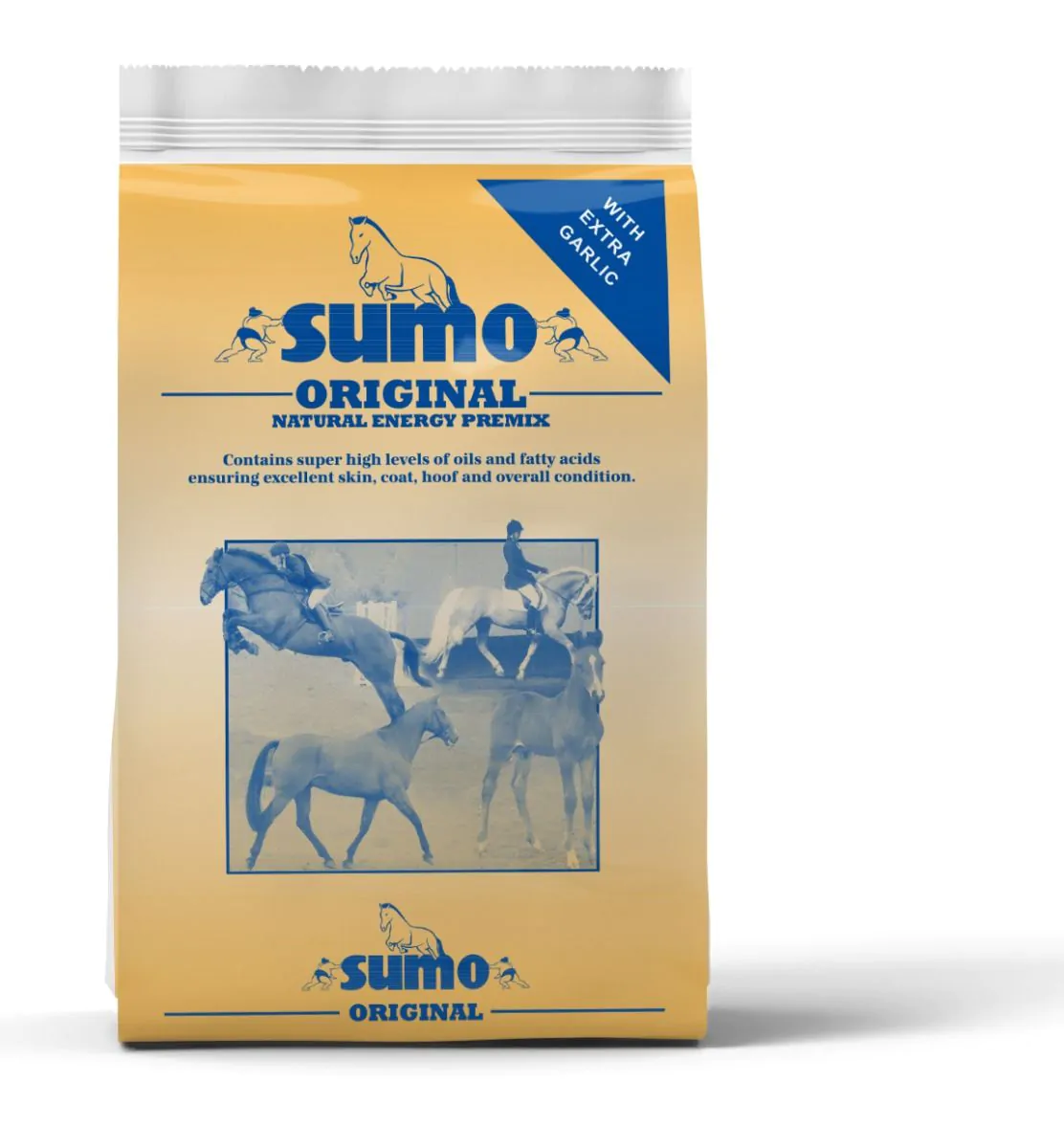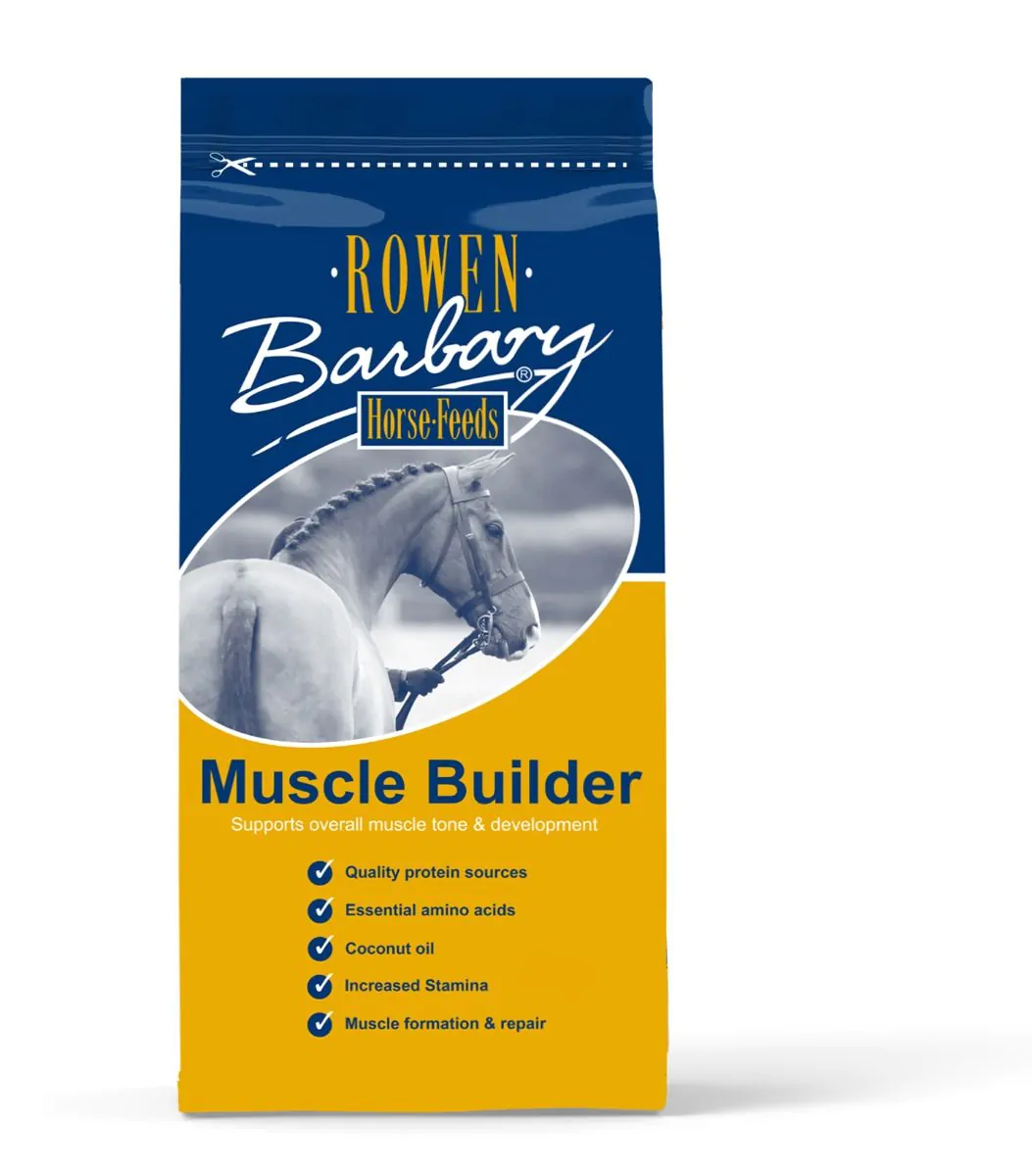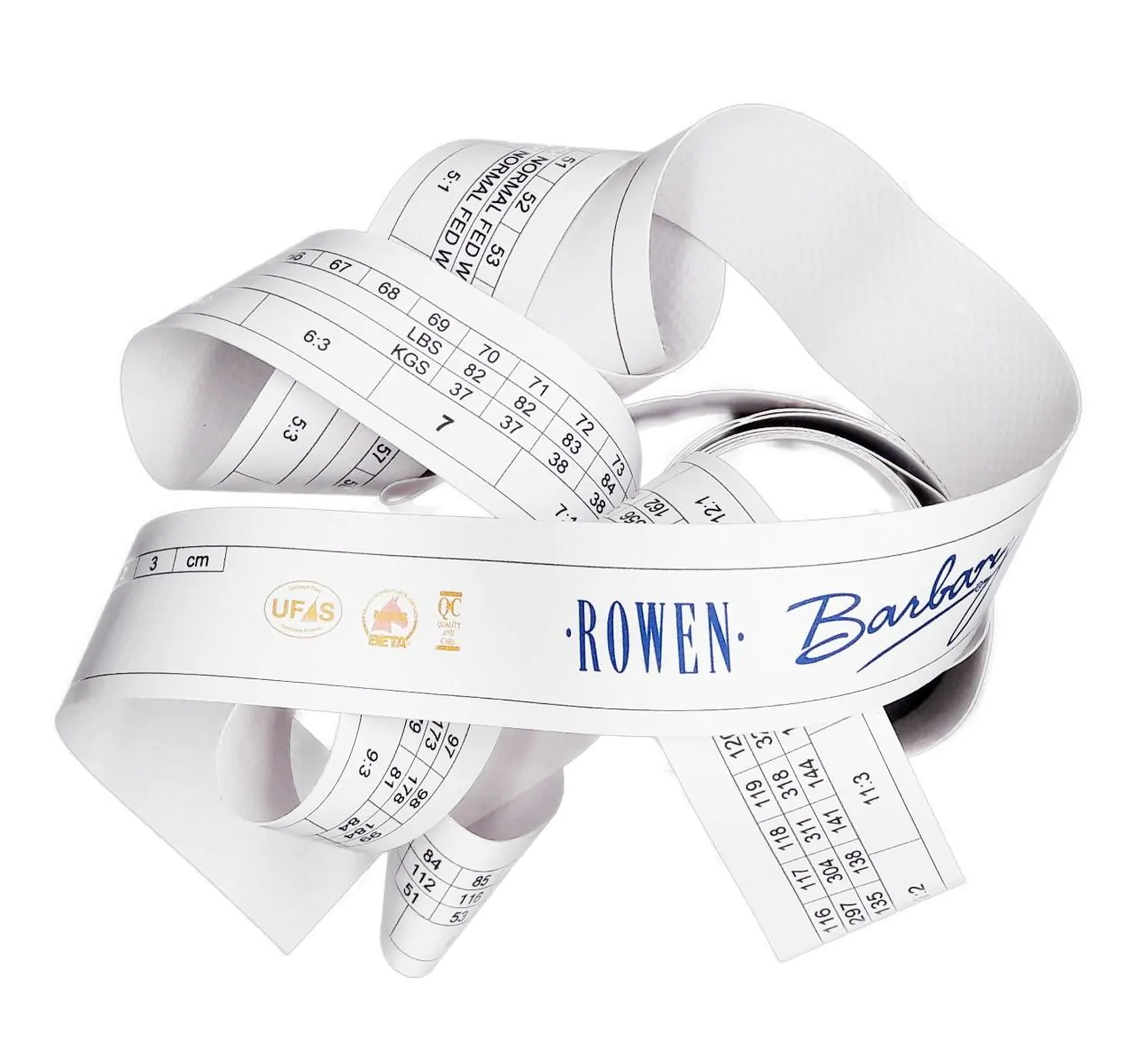- 2nd July 2021 by Rowen Barbary
Body Condition Scoring your Horse or Pony
Body Condition scoring is a visual assessment used to assess how much adipose (fat) tissue and muscle mass the horse or pony is carrying. Body Condition scoring is a method to measure any fat gain or loss by looking in specific areas such as the Neck, Withers, Shoulder, Ribs, Loins and Tailhead. There are two scales which can be used to condition score. There is a basic scale of 0-5 by Carroll and Huntington (1988) which assesses the Neck, Back, Ribs and Pelvis, or the more detailed scale by Henneke et al (1983) which observes the Neck, Withers, shoulder, Ribs, Loins and Tailhead. Condition scoring requires you to get hands on with your horse, to determine what is muscle and what is fat. Fat will feel spongey under the hand compared to muscle which is firmer. Each section of the horse will be scored and then an average will be determined at the end to give a score between 0-5 or 1-9 depending on which scale you are using.
Neck (Both Scales)
The best place to start is at the front of the horse and work towards the tail. When assessing your horses Neck you should consider your horse or pony’s breed, breeding status and medical concerns such as EMS. Heavier Breeds such as a draught horse will carry more than a finer breed such as a Thoroughbred, so therefore will be scored higher on the Neck. When assessing the neck start by feeling along the crest to feel for any thickened, hard areas. The Neck should have a thin layer of fat evenly down the neck from the poll to the withers and be able to be held with one hand, which is flexible to bend from side to side. If there is a larger amount of fat it will appear slightly thicker in the middle of the Neck and the crest will start to lose its flexibility.
Shoulder (Henneke et al, 1983. 1-9 Scale)
Ideally, the Shoulder should look defined and from the Neck you can run your hand towards the front of the shoulder blade. Your hand should run smoothly over and onto the Shoulder. If your horse is underweight the Shoulder will stand out from the Neck and your hand will be stopped by the Shoulder Blade. If your horse is carrying more fat tissue your hand will meet a fat pad after the shoulder blade.
Withers (Henneke et al, 1983. 1-9 Scale)
If your horse or pony is underweight the withers will have very little to no fat at the top of the shoulder blade and the spine, making it easily identifiable. As your horses condition increases the more the withers will become less defined and appear more rounded. If your horse or pony is at the top end of the scale it is likely the withers will appear to bulge.
Back (Carroll and Huntington 0-5 Scale)
As you move your hand down from the withers across the spine, ideally your hand should have a slight arch over the Spine and you should be able to feel the back bone. As your horse increases on the condition score the adipose (fat) tissue will increase either side of the spine and at the top end can create a gutter effect and your hand will sit flat across the back. When your horse or pony is at the lower end of the scale the spine will protrude and is very visible and easy to feel as no fat will be present in that area.
Ribs (Both Scales)
Moving down to the ribcage, you should be able to feel your horses ribs with light pressure. If you can see them and easily feel them without pressure your horse is in a poorer condition and if you cannot visibly see them and cannot feel them your horse will be higher on the scale and carrying excess fat.
Loin (Both Scales)
The Loin is the region located just behind the saddle area. In optimum condition the Loins should be level and the spine will not protrude and there should not be a ‘gutter’ effect. If you horse or pony is in poorer condition the Spine will protrude and will be visibly obvious. As the condition score increases the fat will build up either side of the spine and will create a gutter effect.
Tailhead (Henneke et al, 1983. 1-9 Scale)
Moving towards the tail from the Lions you will get to the tailhead. A horse or pony in very poor condition the tail head will be prominent and easily identified. Ideally the hand should remain flat over the tailhead and as the condition score increases the adipose (fat) tissue will begin to increase and the tailhead will being to bulge and feel soft to palpate. Safely form behind your horse or pony the hindquarters should appear slightly rounded like a ‘C’ shape rather than a high point where the spine is with the hindquarters sloping down or a gutter effect like an apple, which would indicate too much fat.
Once you have given each section of the horse or pony depending on which scale you are using and identified the condition and number of each section, you can get a final overall body condition score by finding an average. Depending on a variety of factors horses will sit at various levels on the scale due to their discipline and purpose. Equine athletes will be lower on the scale around (4,5,6) compared to broodmares (5,6,7). It is important to condition score your horse to be able to recognise loss and gain as this could help to identify any underlying health concerns. However, Body condition scoring should be used alongside the measurement of body weight to be able to accurately identify any gain or loss.

About Rowen Barbary
All manufacturing at Rowen Barbary is carried out in a state of the art mill located in the heart of the Shropshire countryside. We use only the highest quality ingredients sourced, where possible, from local farms before they are blended by our dedicated team in our UFAS audited mill.
Rowen Barbary also conforms to BETA NOPS guidelines with raw materials & finished feeds regularly laboratory tested to ensure that every bag of feed continues to meet not only ours, but also your high standards.
We Recommend...


